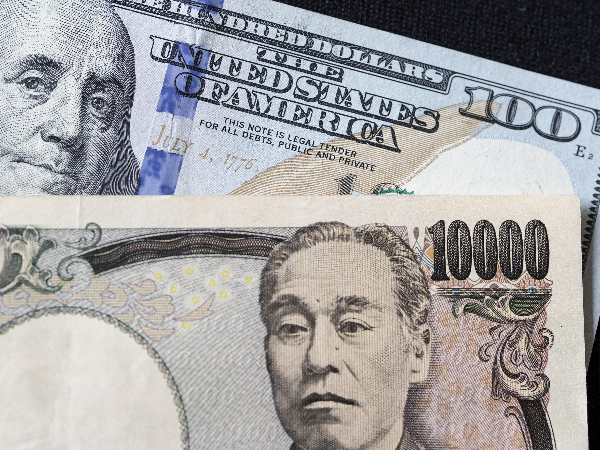Leave a Reply
You must be logged in to post a comment.
The Japanese yen is in a tight buyer position, which could be the end of a 1-week rally for the US dollar. During this time, the yen fell and the day hit a six-month low.
Inflation in Japan continues to rise. Core consumer inflation rose to an annualized 3.4 percent in April, up from 3.1 percent in March and in line with estimates. This index excludes food items but includes energy items. The index, which excludes both food and energy and is closely watched by the Bank of Japan, rose 4.1 percent annually in April, the highest level since September 1981.

The rise in inflation, along with first-quarter GDP that was surprisingly on the upswing, fueled speculation that the BoJ could begin phasing out the bank’s ultra-loose policy, which has been in place for decades. Kazuo Ueda, the new BOJ chairman, has said he will not change policy until inflation is sustainably below 2 percent and wage growth strengthens. Inflation has been above the bank’s 2 percent target for more than a year, and markets are watching for any comments from the BoJ for any change in policy.
The BoJ has long played a game with speculators betting that Ueda will act to tighten policy, which will push the yen higher. As the yen moves below the 138 lines and nears 140, the possibility increases that the government will intervene in the currency markets to stabilize the yen and attack speculators.
Now, Markets will have a chance to focus on Fed speak, with Jerome Powell and two FOMC members giving public remarks. According to CME’s FedWatch report, the monthly rate hike has changed to a 66% chance of a halt and a 33% chance of a 25 basis point increase. This downward revision is due to a continued message from the Federal Reserve and a strong US economy.
Co-Founder and Creative Director of Ziwox co
You must be logged in to post a comment.


Leave a Reply
You must be logged in to post a comment.